How Can You Teach Your Bird to Eat a New Diet and Love Healthy Foods?
As a bird owner, you’ve probably faced the challenge of having a stubborn feathered friend who refuses to try anything new. You might have wondered: “How can I possibly get my bird to enjoy a healthier, more balanced diet?” You’re not alone. Many bird parents struggle with this exact problem. The truth is, birds are creatures of habit. Once they get used to certain foods—especially seed-only diets—they can become resistant to change. But the good news? With the right approach, you can teach your bird to eat a new diet, and even love it.
In this comprehensive guide, we’ll walk you through everything you need to know about transitioning your bird to a healthier diet without stress. By the end, you’ll have the confidence and tools to transform your bird’s eating habits—and improve their overall health and happiness.
Table of Contents:
Why Is Changing Your Bird’s Diet So Important?
Many pet birds in captivity are suffering from nutritional imbalances, often without their owners realizing it. Feeding your bird the same old mix of seeds might feel convenient, but it’s comparable to humans eating only fast food every day. Without proper nutrition, birds can develop serious health issues like obesity, vitamin deficiencies, weak immune systems, and even premature death.
Learning how to teach your bird to eat a new diet is not just about variety—it’s about giving your bird a vibrant, healthy life. A balanced diet translates to brighter feathers, more energy, stronger immunity, and a longer life expectancy.
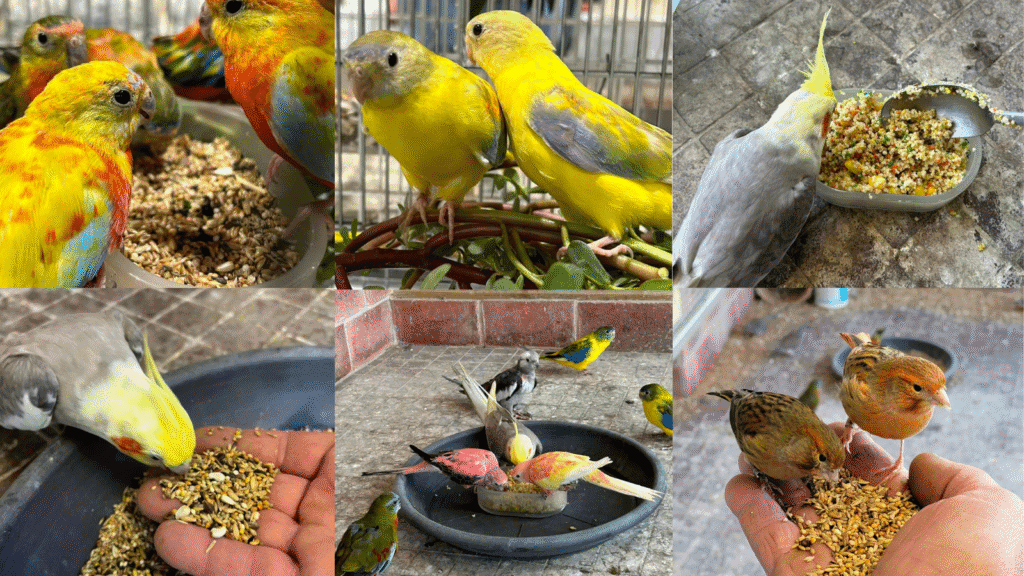
What Happens When Your Bird Sticks to a Seed-Only Diet?
Seed mixes are perhaps the most common food fed to pet birds, yet they are one of the worst when it comes to nutritional balance. Seeds are high in fat but very low in essential nutrients such as vitamin A, calcium, and protein. Birds that eat only seeds are prone to dull feathers, brittle bones, obesity, and even fatty liver disease.
If you truly love your bird, it’s time to teach your bird to eat a new diet that includes a wide variety of fresh vegetables, fruits, high-quality pellets, and healthy grains.
Why Do Birds Refuse to Try New Foods?
Birds aren’t being difficult on purpose—this is an important point to understand. In nature, a bird’s survival depends on avoiding unfamiliar foods because eating the wrong thing can be deadly. This natural instinct explains why your bird might immediately reject a new vegetable or pellet.
Also, many birds are raised on limited diets and are never taught to explore food variety. This means when you introduce a new food, your bird doesn’t recognize it as edible. Understanding this psychology is crucial if you want to teach your bird to eat a new diet.
How Can You Recognize When Your Bird Needs a Diet Change?
Sometimes it’s obvious, but often, the need to change your bird’s diet hides in plain sight. Common signs your bird needs a better diet include:
- Unexplained weight gain or loss
- Dull, ragged, or discolored feathers
- Low activity levels or excessive sleepiness
- Frequent illnesses or infections
- Picking through food to only eat favorite seeds
If you recognize any of these signs, it’s a clear indicator to teach your bird to eat a new diet before health complications set in.
What Should a Healthy Bird Diet Look Like?
Teaching your bird to eat a new diet begins with knowing what “healthy” really means. An optimal bird diet consists of:
- Fresh vegetables and leafy greens (around 40-50% of daily intake)
- High-quality formulated pellets (30-40%)
- Fresh fruits (10-15%)
- Healthy cooked grains, sprouts, and legumes (10%)
- Seeds and nuts strictly as occasional treats (5-10%)
This diversity mimics what many birds would encounter in the wild, encouraging natural foraging behaviors and providing balanced nutrition.
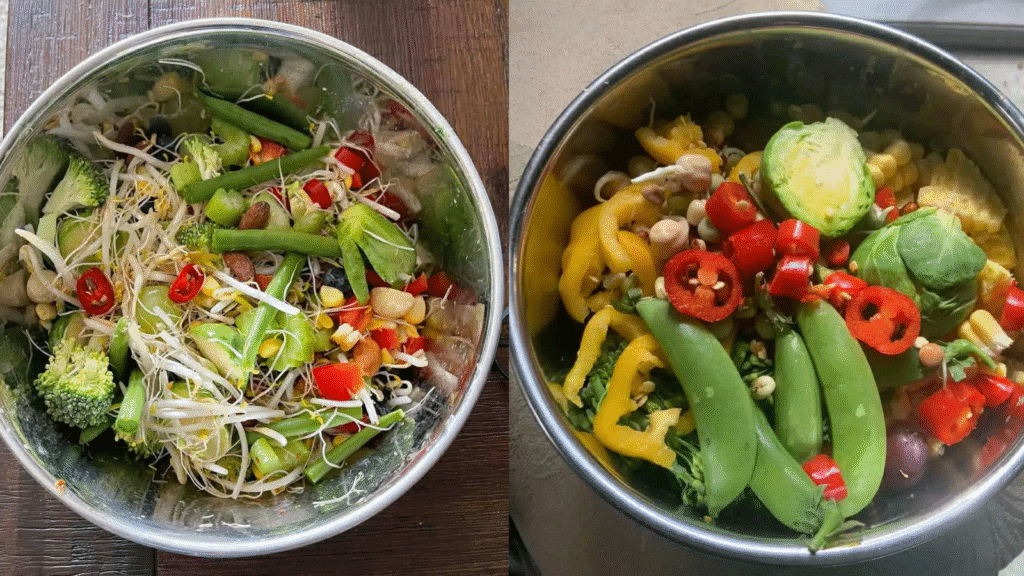
How Do You Start Teaching Your Bird to Eat a New Diet?
One of the biggest mistakes bird owners make is trying to change everything at once. Birds don’t respond well to sudden changes. The key is gradual introduction. Start by offering a very small portion of a new food alongside their usual diet—just a taste-sized portion, not enough to intimidate.
Let your bird investigate, nibble, and play with the food. Even if your bird only pokes it or throws it on the floor, this is progress. The goal during the first few weeks isn’t consumption—it’s building curiosity. From here, you can teach your bird to eat a new diet step by step.
What Are Effective Ways to Make New Foods Appealing?
Birds are highly visual creatures, and presentation matters. Here are proven strategies to entice your bird:
- Chop veggies in fun, interesting shapes
- Offer colorful varieties (red peppers, orange carrots, green broccoli)
- Mix new foods with favorite treats (e.g., mix peas with seeds)
- Use bird-safe skewers to hang foods for playful pecking
- Try lightly warming veggies to bring out enticing aromas
These small tricks can make a huge difference when you teach your bird to eat a new diet.
How Fast Should You Change Your Bird’s Diet?
Every bird is unique, and patience is key. Younger birds tend to be more curious and adaptable, often transitioning within a few weeks. Older birds, especially those who have eaten seeds for years, can take several months.
The rule of thumb is: the slower, the better. Gradually decrease seeds while increasing fresh produce and pellets. Monitor your bird’s droppings, energy, and weight. Your mission is to teach your bird to eat a new diet in a safe, supportive way without stress.
What Are Common Mistakes Bird Owners Make?
Here are typical pitfalls to avoid when changing a bird’s diet:
- Making the switch too fast, leading to starvation
- Offering spoiled or unsafe food
- Giving up after only a few tries
- Forcing food, creating negative associations
- Not monitoring your bird’s health during transition
Avoid these missteps, and your journey to teach your bird to eat a new diet will be smoother and more successful.
How Can You Use Treats to Encourage Better Eating?
While seeds should be limited, you can use them strategically as rewards. For example, offer a tiny seed after your bird nibbles on a vegetable. Praise, affection, and favorite fruits are other powerful motivators. Positive reinforcement turns new eating habits into a fun, rewarding experience.
What If Your Bird Refuses to Eat Any New Foods?
Rejection is normal at first, but persistence wins. Some backup strategies include:
- Eating in front of your bird—birds mimic what they see
- Serving foods at different times of day
- Mixing finely chopped veggies into soft foods like warm grains
- Changing food presentation regularly
- Using “bridging” foods like sprouts or soaked seeds
Even stubborn birds can be persuaded with time, patience, and creativity.
How Can You Celebrate Success?
Every tiny victory counts. Did your bird nibble a green bean for the first time? Celebrate! Did they show interest in a new pellet? Give extra praise! Positive reinforcement speeds up the process of teaching your bird to eat a new diet.
What’s the Final Reward of Teaching Your Bird a New Diet?
Once your bird starts enjoying a variety of healthy foods, you’ll notice profound changes—vibrant feathers, happier playtimes, fewer vet visits, and a stronger bond between you and your bird. Learning how to teach your bird to eat a new diet is an investment in your bird’s long-term health and joy.
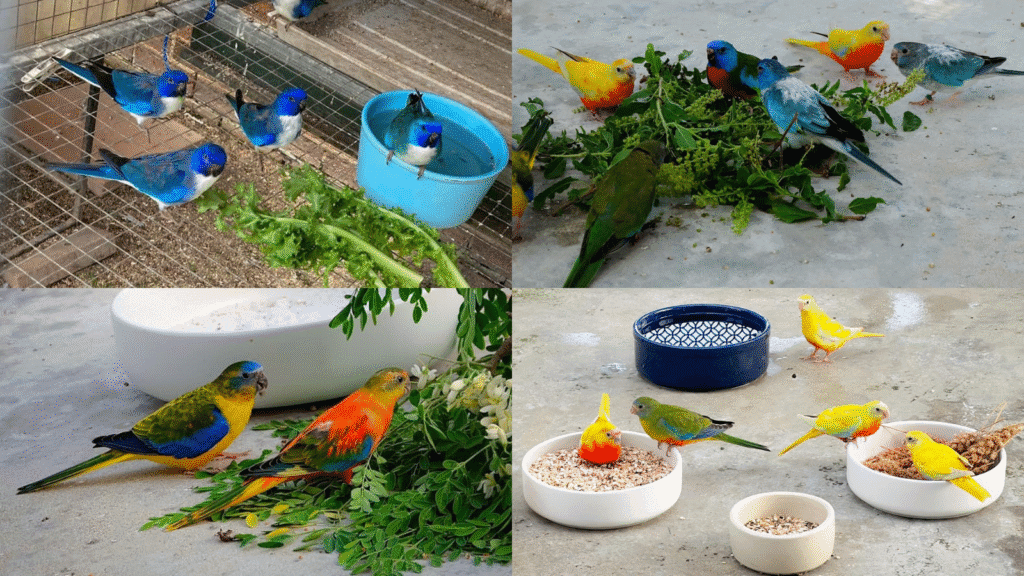
Final Thoughts: You Have the Power to Change Your Bird’s Life
It may take weeks or even months, but the journey is worth it. You have the ability to teach your bird to eat a new diet, enrich their life, and witness the transformation firsthand. Start today—and give your feathered companion the vibrant, healthy life they deserve.
FAQ
Can I Switch My Bird to a New Diet Cold Turkey?
No. Abrupt changes can lead to health problems. A gradual transition ensures your bird stays nourished and happy.
My Bird Only Eats One Seed Type Is Change Still Possible?
Yes, but it will require more time. Start with healthier versions of what they like (e.g., sprouted seeds) before adding more variety.
Are Pellets Really Necessary?
Absolutely. Pellets are designed to provide balanced nutrition and help fill in the gaps missing from seeds or produce.
What Are Safe Vegetables for My Bird?
Great options include broccoli, carrots, sweet potatoes, kale, bell peppers, and snap peas. Always wash thoroughly and avoid seasoning.
Did you enjoy this article?
Help other pet lovers benefit too — Share it on social media! 🐾💚
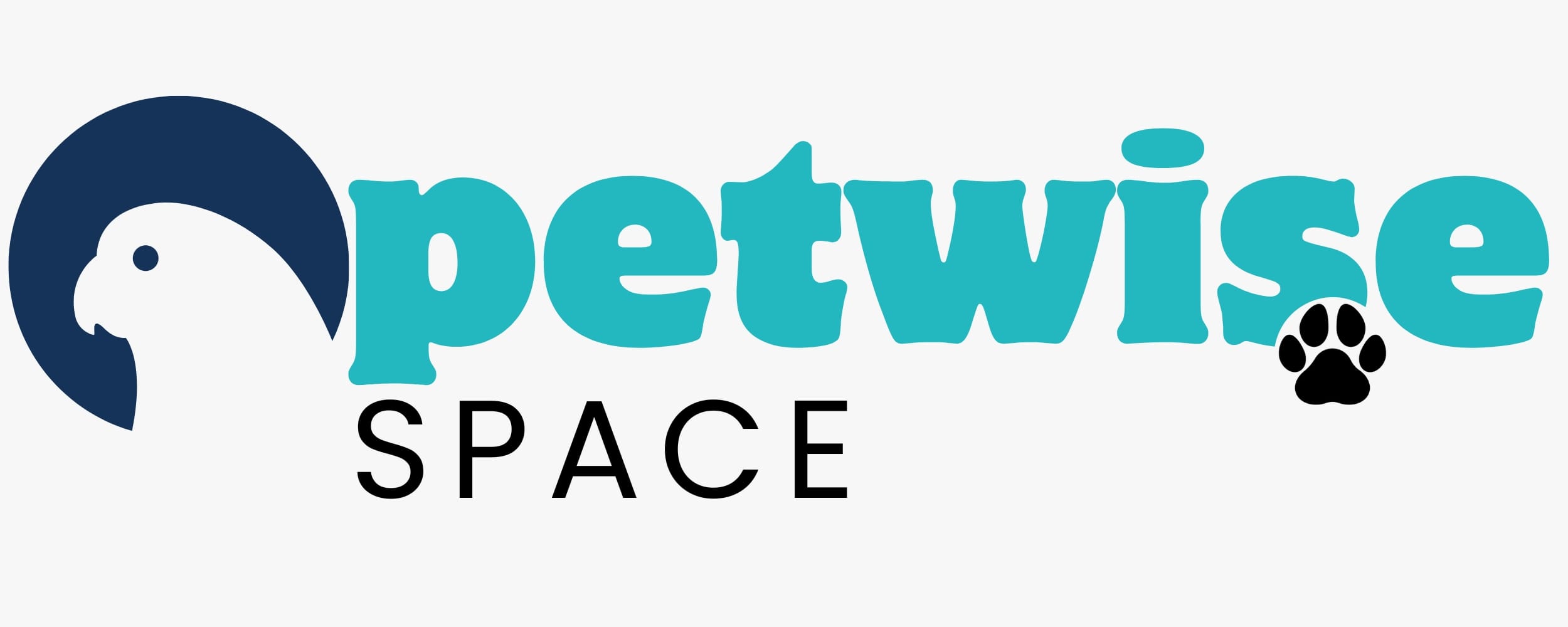
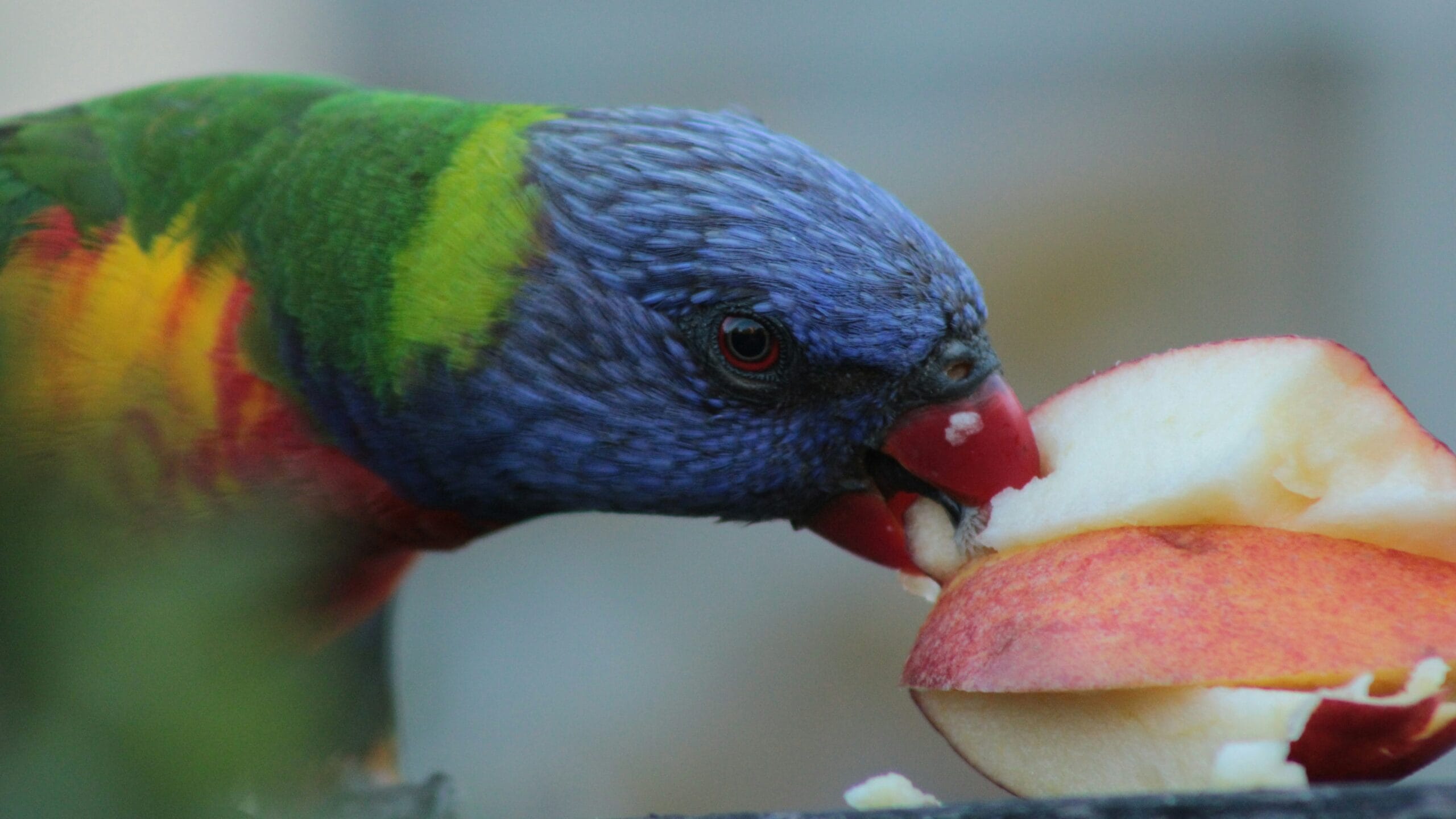
Leave a Reply